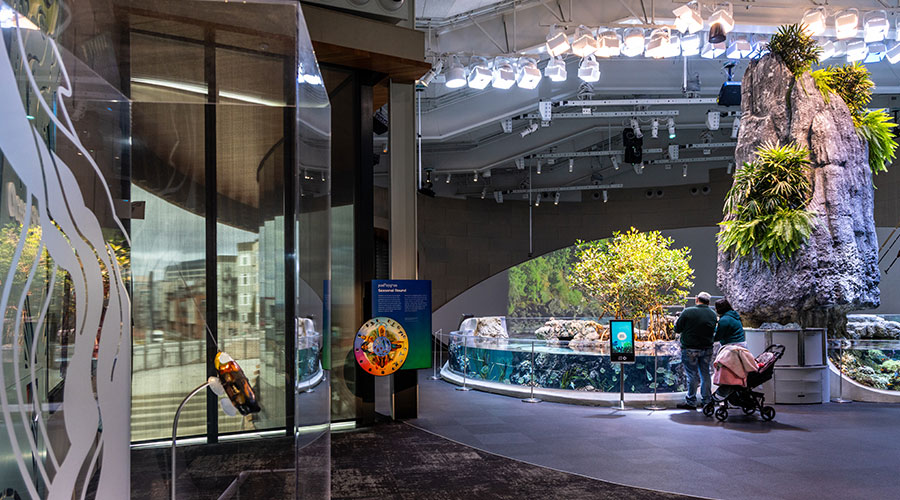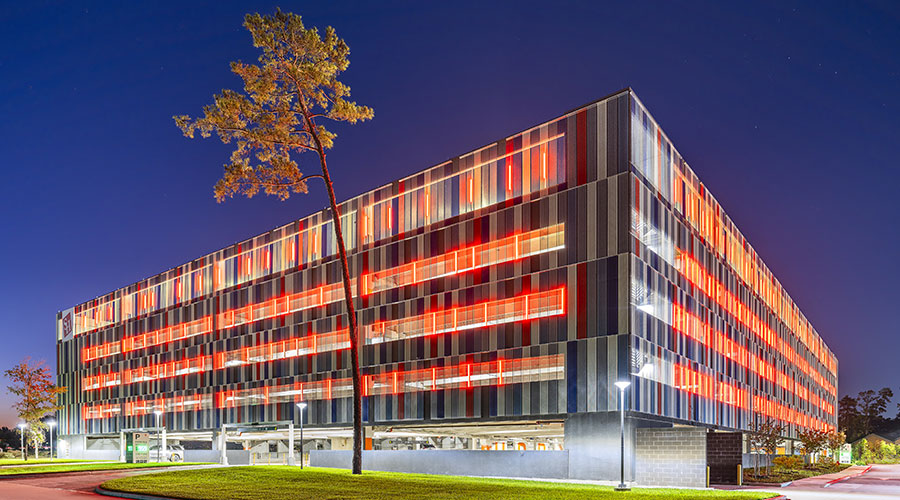As Wireless Lighting Control Systems Mature, They Offer More Flexibility For Upgrade Projects
Wireless lighting control systems also are maturing. As a result, today's systems tend to work more effectively and offer greater flexibility than the solutions of the past, Hollner says.
Because the installation can be handled more easily, a wireless lighting control upgrade can be less costly than a wired one, says Dauskurdas. In some facilities, it even may be possible to handle a wireless retrofit as an operating, rather than a capital expense, he adds.
At the same time, wireless solutions aren't always the most effective option, Albrecht says. Hospital executives, for instance, often express concern that a wireless lighting solutions may interfere with other wireless systems operating within their facilities, he notes. In addition, it can be difficult to ensure wireless communication across a building that contains a great deal of metal, which can interfere with the signal, he adds.
Wired solutions also tend to work more effectively in larger spaces, Dauskurdas says. For instance, if a sensor will have to cover several thousand square feet, a wired system will probably be required; most wireless sensors can cover up to about 500 square feet, he adds.
Along with wireless controls, advances in LED (light-emitting diode) lighting systems "are really going to transform the lighting industry in considerable ways," Hollner says.
For starters, it's generally easier to dim LED lights than it is to dim fluorescent lights, Hollner says. Equally important, the cost to provide dimming LED solutions typically isn't substantially more than non-dimming LED lighting solutions, Albrecht says.
When a lighting controls upgrade is on the schedule, facility managers should "definitely become involved," Albrecht says. After all, they're the ones who will be charged with maintaining and operating the system. The more they know, the better they can tackle this job.
And, while a lighting upgrade can seem daunting at the outset, given the information that must be gathered and the decisions to be made, "for most facility managers there's a terrific upside, too," Villalobos says. They likely will save energy (perhaps even qualifying for an energy rebate) and often can enhance occupant comfort and satisfaction.
Karen M. Kroll, a contributing editor for Building Operating Management, is a freelance writer who has written extensively about real estate and facility issues.
Related Topics:













